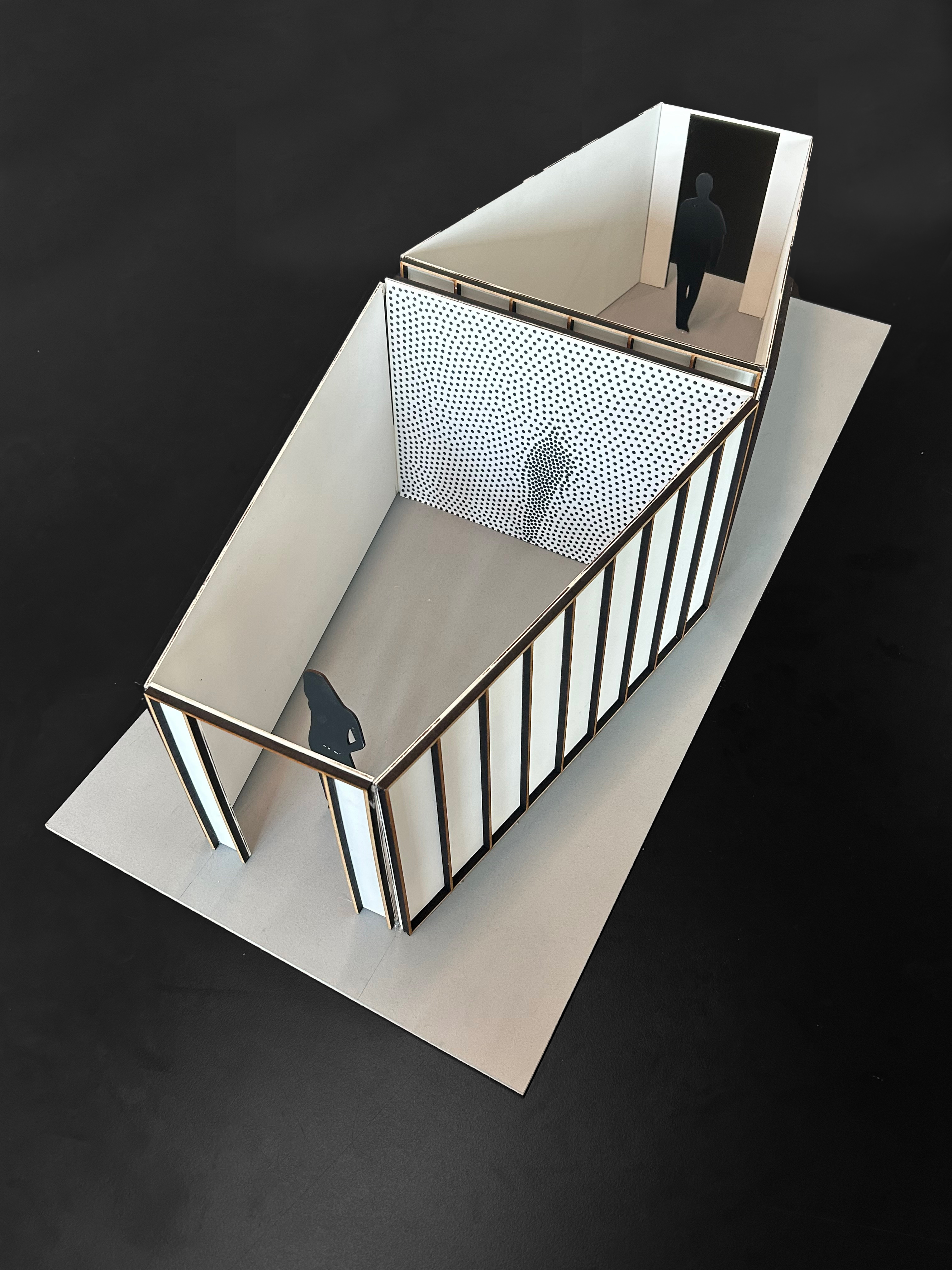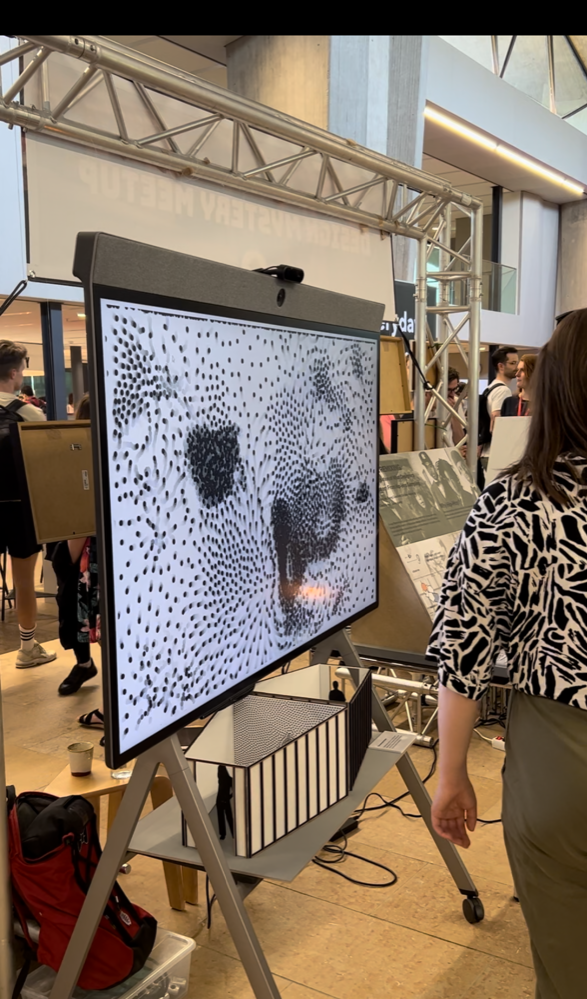Design Remixing: An exploration of what designers can learn from Hip-Hop sampling.
(2022-2023)
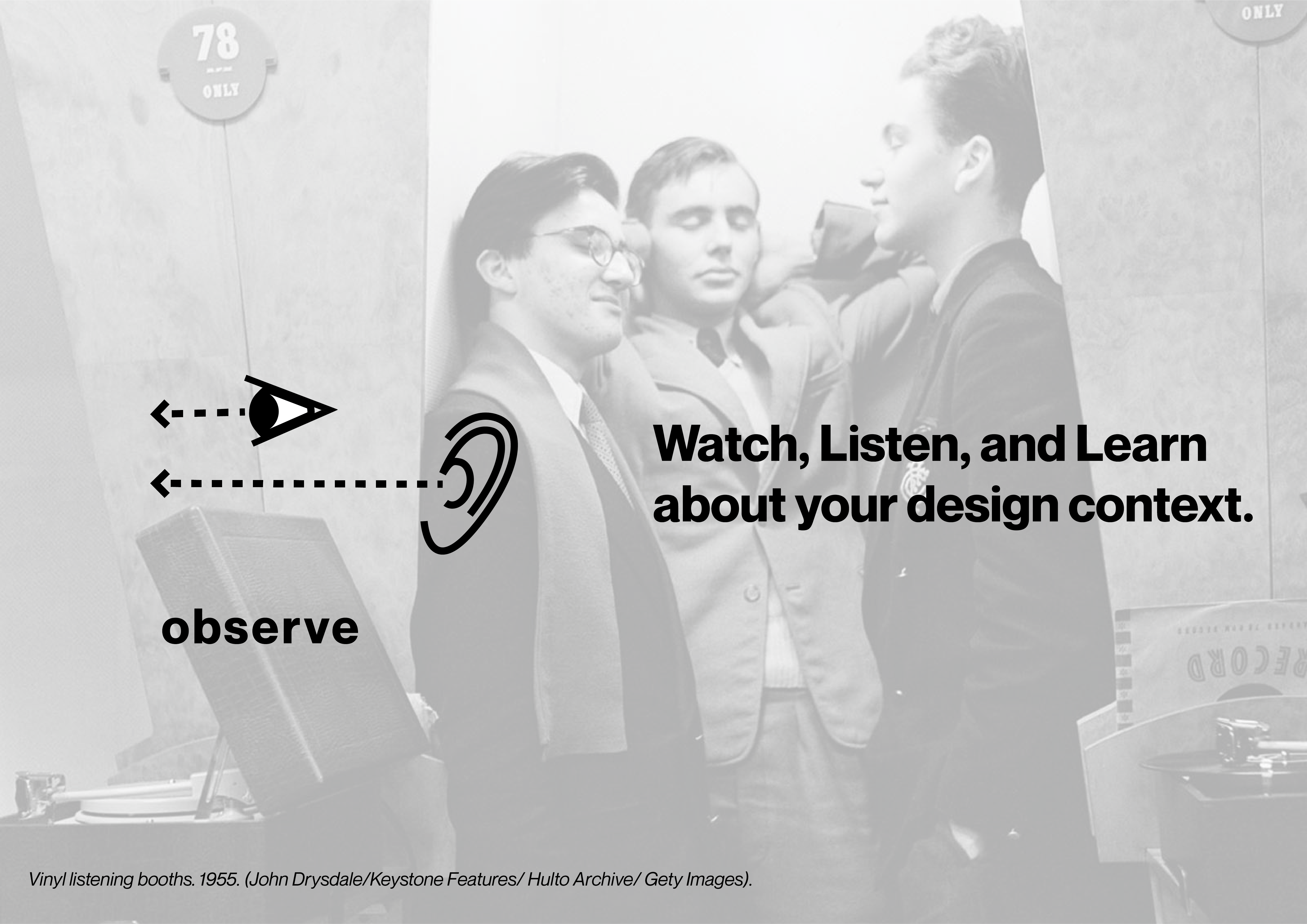
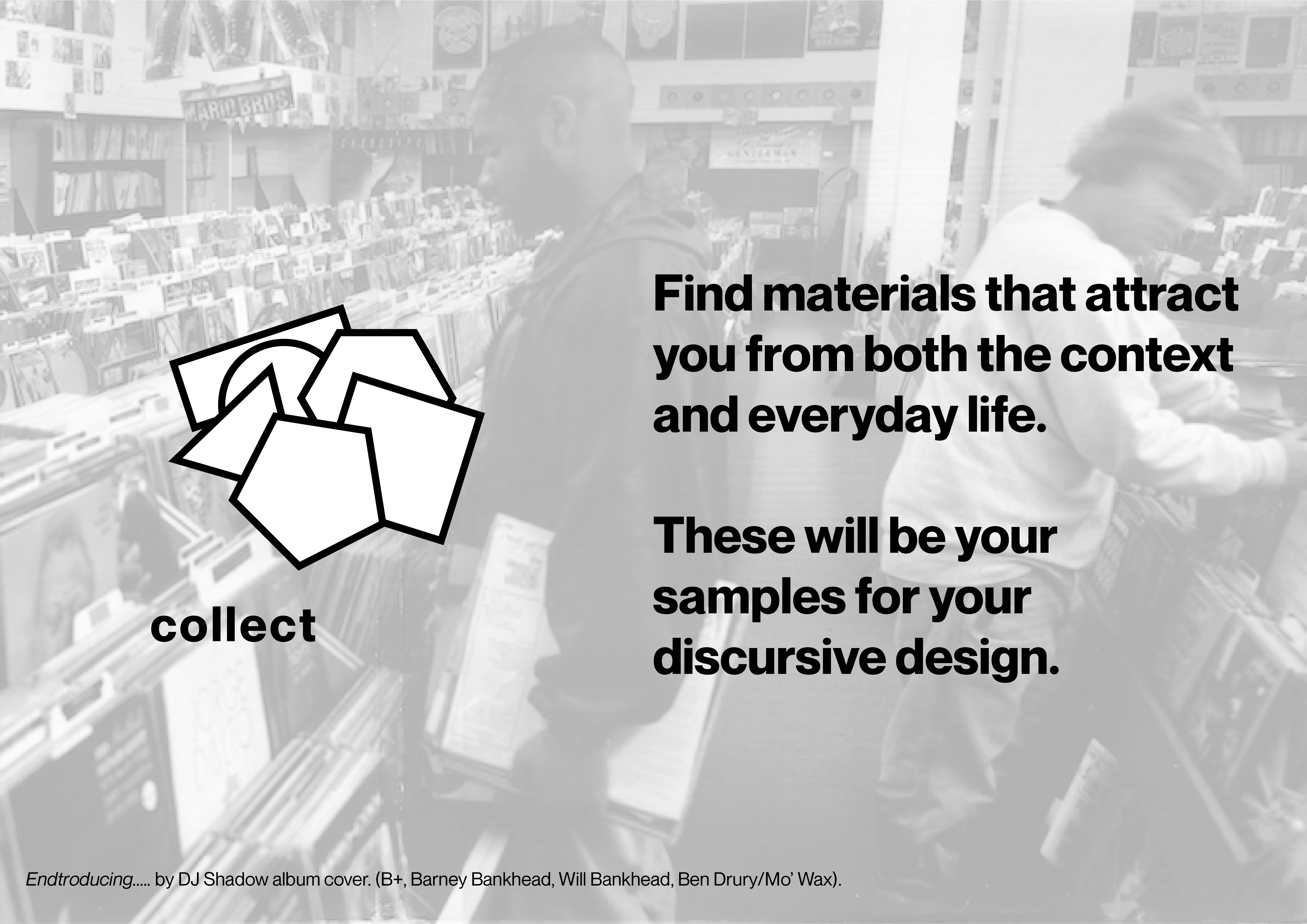


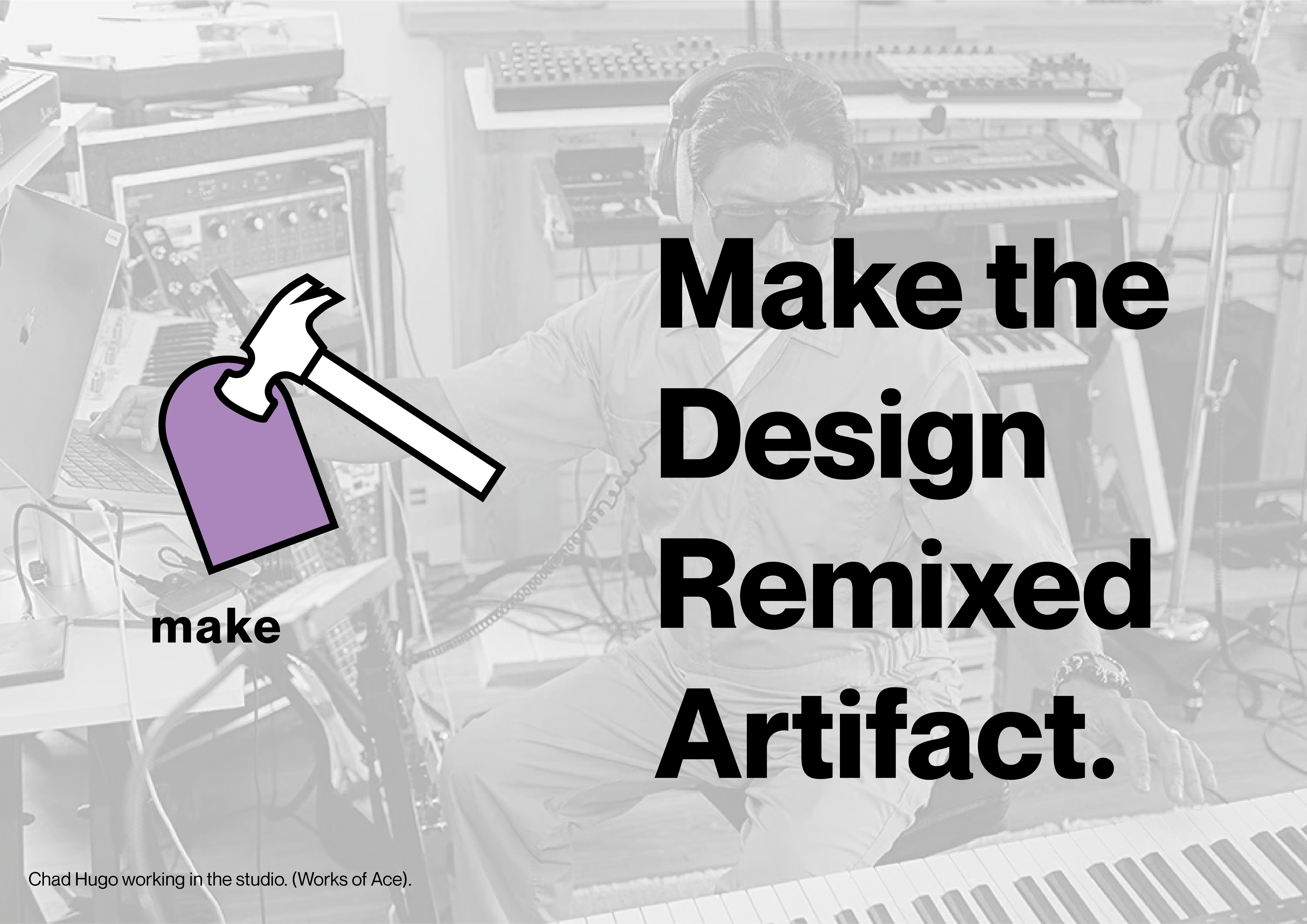
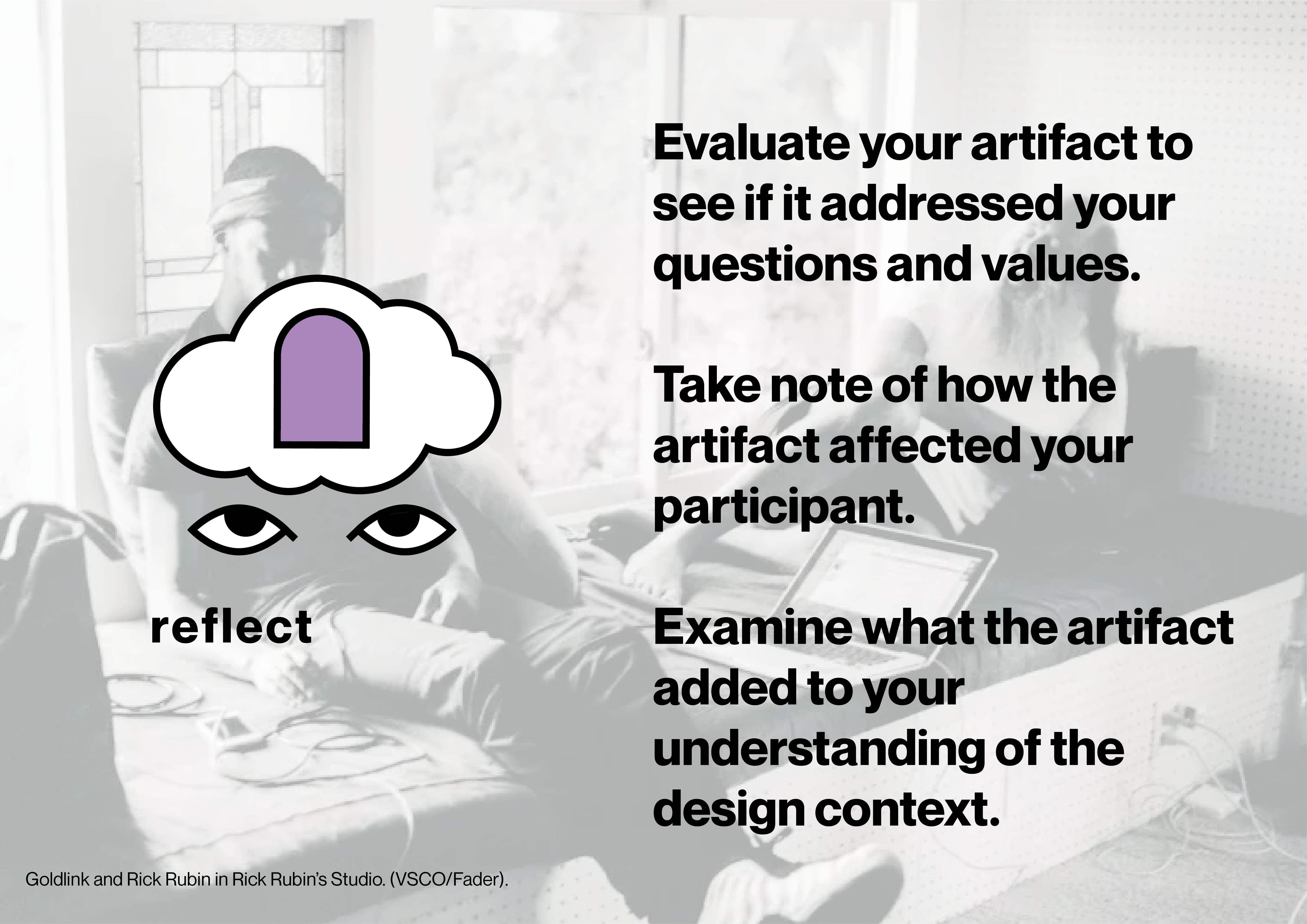
Design Remixing is a design methodology inspired by hip-hop sampling to help aid the creation of discursive design artifacts. Hip-hop sampling is the foundation of the method as it utilizes stories, sounds, and materials of the everyday to allow the listener to connect to one's music and intended associated values. Through examining the practices of hip-hop producers, design remixing was created to help guide designers in their process and sharpen their ability to interrogate, trust, and communicate their instincts.
Through the volunteered effort of TU/e Industrial Design Master Students and a client case study with Saskia Evers of Human Landscaping, I tested the validity of the design remixing methodology in both an academic and consulting setting. From their experiences, the method helped students re-evaluate how they observe the world and use what exists around them to create new experiences and understandings of the everyday while guiding the client in developing an understanding of their query, resulting in two artifacts that can help them engage their audience in their questioning. Design Remixing aided both students and the client in pragmatizing their inquiry into an experience that allowed them to articulate their investigation and include others in the discourse.
In conclusion, the methodology hopes to give the designer the observation skills to use whatever resources available to create something new and cool, the ability to trust one’s instincts to inject personal style, and the empowerment to make interventions upon the everyday until the freshness glows. (This statement was remixed from McCollum, 2019)
You can find the report here.
"I'm actually kind of grateful using it this semester because I feel like I do a little bit more trust my instincts on whether it's good or not"
- M1.2 Student using the methodology for their project
“… ‘Would you recommend somebody?’ I wrote down. Yes. Because what we always ask people is to think out-of-the-box... But you see, (the methodology) takes people out of their habits. Is something completely different”
- Saskia Evers of Human Landscaping
Examples of Personal Projects that used Design Remixing
The Current Department
The Current Department is a speculative futuristic department of the Rijkswaterstaat. The department was created in response to a 2021 coalition agreement from the Dutch government stating that in this current state of extreme climate change, the controlling relationship the Dutch had with water is no longer sustainable for the long-term liveability of The Netherlands (VVD et al., 2021). This then begs the question, what will happen to the Rijkswaterstaat when water and soil are in charge of shaping the Netherlands?
For the 2022 Kraaiennestdag – a conference ran by the Rijkswaterstaat -, two diegetic artifacts from this speculative department was created to address this future scenario. The primary mission of this department is observing and tracking the shifting borders of the Netherlands as well as advising local in national government bodies on how to adapt to their situations. The two speculative diegetic artifacts are tools the department would use to track the evolution of the borders of the Netherlands. The first object was a dowsing rod-shaped tool that would vibrate when it detected areas that would be flooded soon. The second object was a pair of glasses that would show simulations of water flooding when worn. These objects reflect a practice where the employees are actively engaging physically with the shifts of water and soil, changing the practice of understanding the Netherland’s borders from representational means - graphs and maps - to an embodied practice.
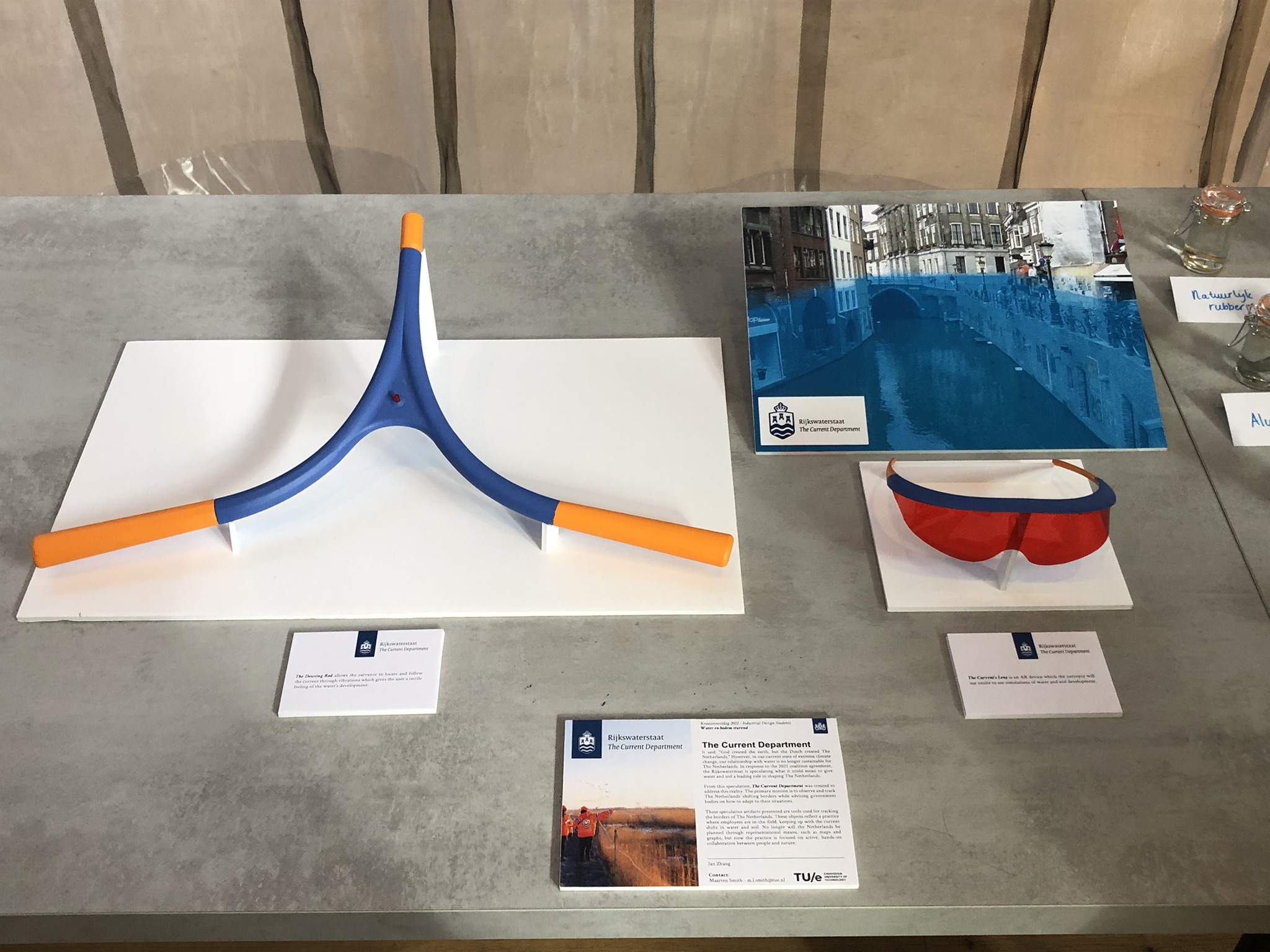
Hearth for the Homo-cellular
Hearth for the Homo-Cellular is a resting place designed to allow visitors to regenerate energy for themselves and their cellular prosthesis'. Inspired by people congregating around power outlets to charge their mobile devices, I wanted to highlight the absurdity of our times with a fun installation that encourages discussion about how we live today.You can find more details about the project here.

Artifacts for Connection
Two discursive artifacts that try to create space for vulnerable conversation within the organization and company environment.The artifacts were created for Saskia Evers who is a human resource expert currently working towards launching a new initiative called Human Landscaping which seeks to re-humanize the organizational environment to create healthier and more fulfilling work practices. Through academic research and interviews with various HR professionals, there was the realization that an element that was missing in the professional environment was a space for vulnerability and self-expression.
The two artifacts attempt to create said space with two concepts. The first artifact is a pocket-sized object that creates space for vulnerability by acting as a reactive focal point during sensitive conversations. The second artifact is a proposed space that gives room for difficult conversations by mitigating the pressure of face-to-face conversation with a digital shadow of the other.

